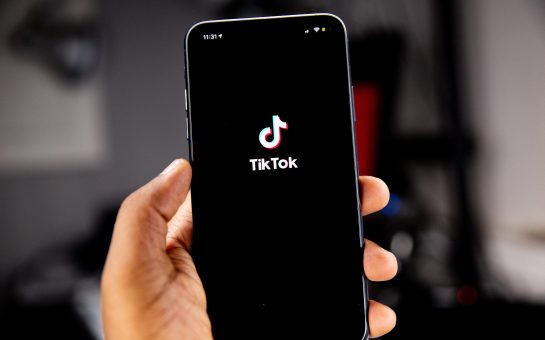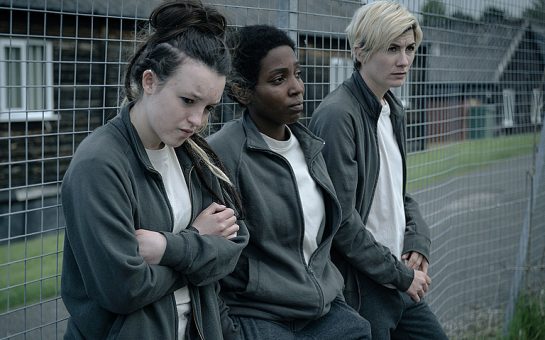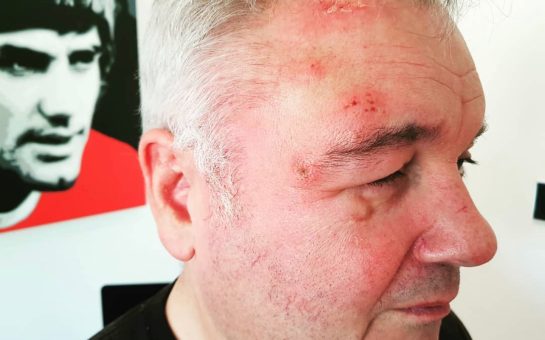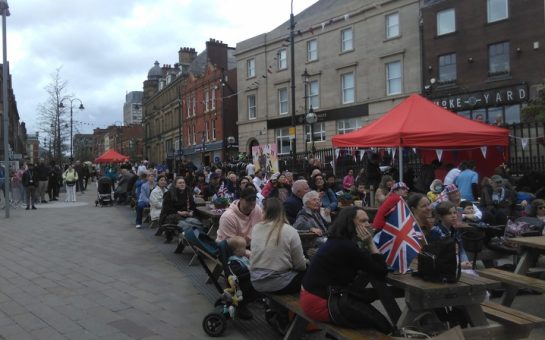Prince Philip, Duke of Edinburgh will rightly be remembered for his life of service to the British monarchy, the Royal Navy and over 780 organisations and charities.
But along with Philip’s development of equestrian carriage-driving, founding of The Duke of Edinburgh’s Award, and crossing of the Antarctic Circle, he has one more extraordinary legacy.
Prince Philip, the longest-serving consort to a British monarch, was instrumental in bringing television into the monarchy.
Not long after Princess Elizabeth and Philip Mountbatten wed, the Prince Consort was placed in charge of his wife’s Coronation Commission and threw out a radical idea: to televise the event.
His unconventional proposal originally faced vehement opposition, namely from the Queen Mother and the British Government led by Prime Minister Winston Churchill, and was at first rejected by the commission.
But eventually Philip’s idea was made a reality, and the BBC broadcast of the Queen’s 1953 coronation reached 27 million people in the UK alone.
The filming of the coronation even led to more TV transmitters being put in, the funds for which had originally been redirected towards Cold War efforts, so that people all over the country could see the coronation.
The commission’s reversed decision set a precedent that led to many royal events, such as numerous royal weddings, being broadcast by the BBC.
And 15 years later, Philip supported an even greater insight into royal life.
When royal press secretary William Heseltine and producer John Brabourne came up with the idea for Royal Family, a documentary about the Queen’s family, Philip committed to ensure it happened.
Embed from Getty ImagesThe documentary was originally pitched as an effort to revive public interest in the monarchy that was starting to be seen as ‘out of touch’ and show the day-to-day lives of the royal family including future king Prince Charles.
As the more forward-thinking partner to his dutiful tradition-bound wife, Elizabeth II, Philip embraced the public gaining insight into their lives through television.
The BBC and ITV footage features scenes of the royal family talking about Queen Victoria over breakfast, enjoying a barbecue at Balmoral Castle and lunching with President Nixon.
The 105-minute colour documentary was broadcast across England on June 21, 1969 and viewed by over 30 million households.
Eventually, amid mixed reviews and worries that it changed the monarchy’s concepts of privacy and mystery too much, the Queen banned it in 1977 and it wasn’t seen again until its leak earlier this year.
But even though the documentary led to widespread criticism, it did show to the British public that the monarchy was taking steps towards modernisation with Prince Philip at the helm of decision-making.
And as well as granting public access into their private lives, Philip also stepped out into public life, appearing on television programme Panoroma in May 1961.
Whilst many of their royal engagements and public ceremonies were beginning to be televised from afar, Philip was the first royal to take part in a TV interview.
Speaking to Richard Dimbleby about Commonwealth Technical Training Week, it was the first time a royal had been questioned on camera.
The interview revealed a lot about the royal’s working life and humanised his character, allowing him to step out of the mould of the Queen’s consort.
Not only did Philip lead a life of service and duty in front of the cameras, but he invited the public to see beyond the Crown and Sceptre.
And as we witness future royal weddings, coronations and interviews, we can remember that it was Prince Philip that first brought the monarchy into our homes.



